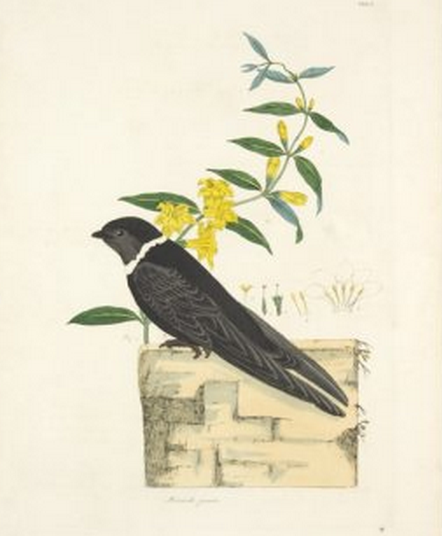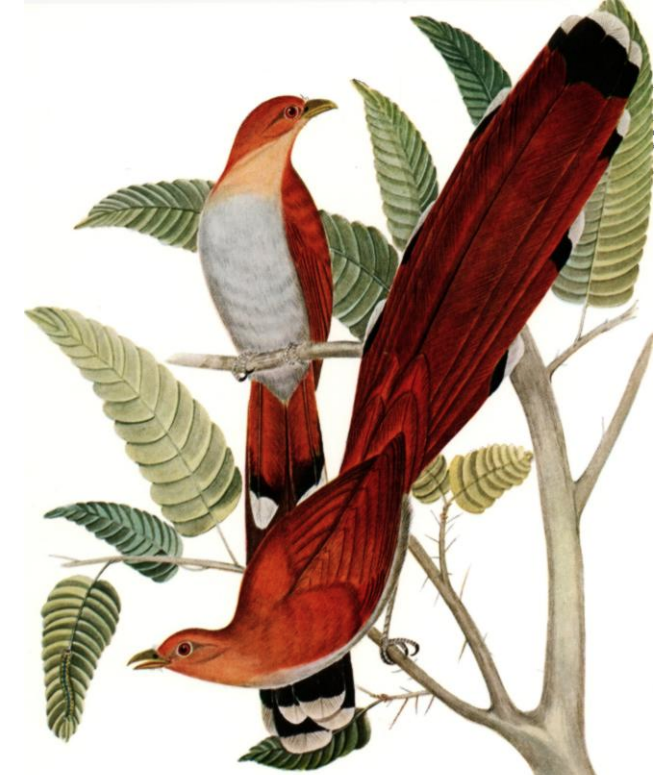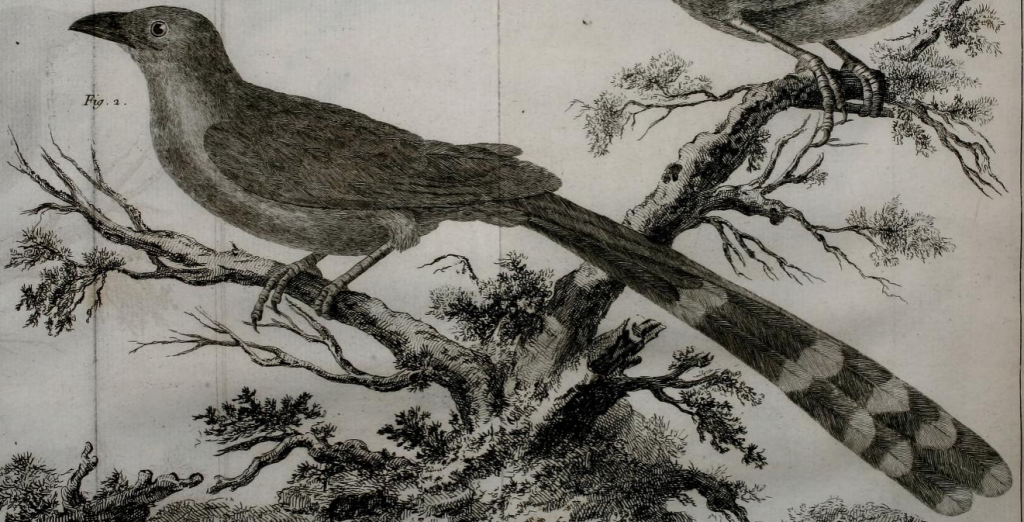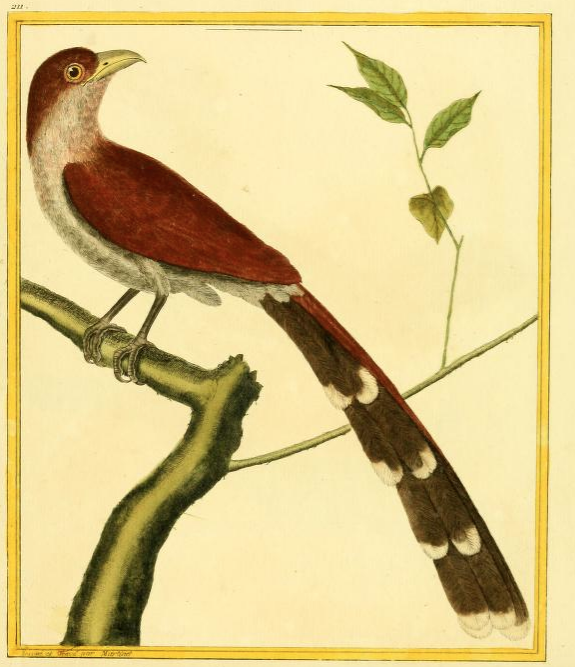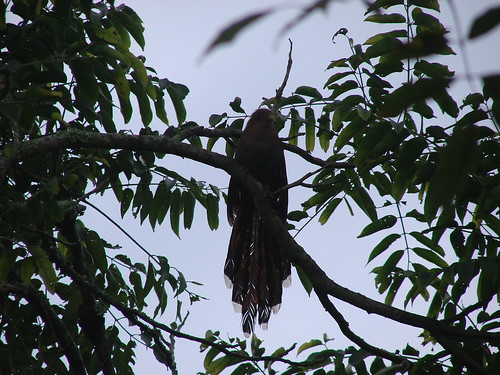Gustav Hartlaub, collector, ornithologist, and founder with Cabanis of the Journal für Ornithologie, was born two hundred years ago today, on November 8, 1814.
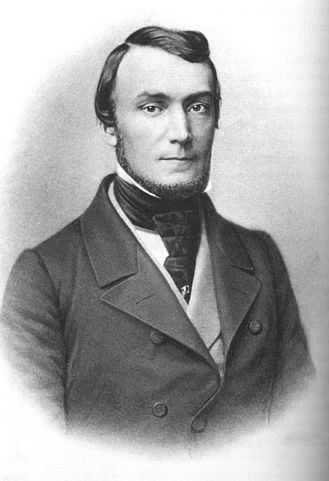
Scion of a wealthy Bremen merchant family, Hartlaub studied medicine, but, as Stresemann would later put it, “financially independent, he devoted himself chiefly to his zoological interests, among which exotic ornithology was pre-eminent.”
And the more exotic, the better, it seemed.
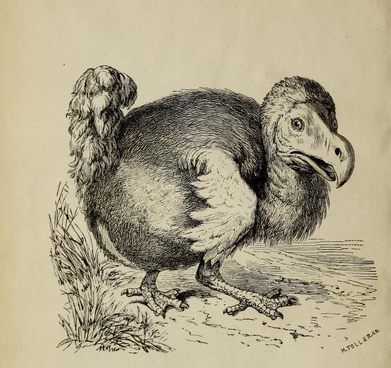
On finishing his medical studies, Hartlaub immediately left Germany to set out on a museum tour that took him to Vienna, Leiden, Paris, and Edinburgh, where he had access to specimens from around the world. Over the rest of his long career, Hartlaub published extensively on the birdlife of Africa, Madagascar, Asia, even Polynesia, often enough working from specimens taken on expeditions the good doctor himself had financed.
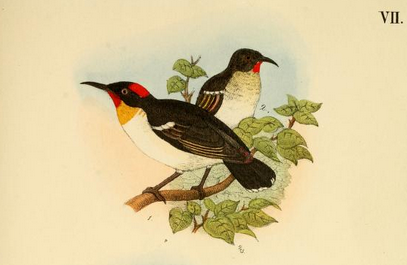
Hartlaub was also a careful and critical bibliographer, the author of decades’ worth of reports and reviews of ornithological literature. “The character of this remarkable man,” writes one of his many eulogists, “was reflected in these bibliographic overviews: there was no holding back when it came to criticism of inaccuracy or superficiality; but he praised with almost childlike enthusiasm excellence and sound research. He was a critic to dread.”
Hartlaub brought some of that fearsome criticizing with him when he visited Hungary in 1839.
In Pest, we got to know the director of the zoology museum, [Salamon János] Petényi, very well. He fawningly asked to be permitted to join our expedition as an extra hand. But alas, only too soon were we convinced of our new traveling companion’s perfidious nature, and we counted ourselves lucky to manage to get rid of him. Petényi was an unpleasant man of ridiculous sensitivity, very presumptuous, and we finally broke off all ties. He didn’t seem to know the very words ‘decent’ or ‘trustworthy’. I experienced this at first hand.
Well.
Hartlaub had written those not very measured words in a private letter to Paul Leverkühn, who then quoted them in the long obituary he published. Obviously, that passage did not shine the most favorable of lights on the dear departed or on Petényi, and both ornithologists’ friends leapt into action.
Otto Herman, Petényi’s biographer and a leading figure in the world of Pannonian ornithology, promptly rushed to the defense of the Hungarian scientist. Writing in Aquila, Herman — who described the matter as one of honor and duty — demonstrated clearly that Hartlaub’s opinion of Petényi had not been shared by the other participants in the 1839 expedition, none of whom ever betrayed “anywhere any trace of ill will” for Petényi. Herman continued:
Obviously, Dr. Hartlaub’s words, no matter how subjective they must have been, could not have come out of thin air. Thus, it is my task to seek their origins in the area of psychology.
Herman’s explanation was a simple one and persuasive: in 1839, Petényi was a mature man of significant responsibility, upright and moral, and he demanded respect from the younger people around him. A half century later, Hartlaub was still in some way the frustrated boy of 25 who had found Petényi’s sense of propriety so stifling.
Herman concluded with a stern rebuke of Leverkühn and a strong hint to the editors of the Journal für Ornithologie:
whoever is not in possession of indisputable evidence based on facts and nevertheless writes [such things], as in this case Mr. Paul Leverkühn has done, opens himself to the charge of carelessness…. I hope that the editors of the Journal will take note of the correction I have offered, concerning as it does two men who stood close by at the birth of the German Ornithologists’ Union.
That hint was taken. In the very next volume of the Journal für Ornithologie, Otto Finsch, Hartlaub’s colleague and a fellow Bremer, himself gently — in fact, not so gently — chided Leverkühn for talking out of school, and for publishing remarks that
so starkly contradict the thoroughly positive image of Petényi sketched for us by his biographer,
Otto Herman. And those same remarks, Finsch pointed out,
written casually in a private letter, do not in the remotest correspond to the benevolent character of their author [Hartlaub], and indeed are likely to severely distort his reputation.
Finsch cited Herman’s Aquila article approvingly, noting especially the positive impression of Petényi held by all his contemporaries and the other members of the Hungarian expedition. But Finsch did not accept Herman’s explanation for Hartlaub’s so long-lived bitterness. Instead, he observed that Hartlaub’s
lively temperament was easily moved to annoyance and irritation. In those moments he used to blow up violently, and words fell that were not always suitable for parliamentary debate, though in truth they were not meant to be so bad. Once he had vented his spleen, the episode passed quickly without leaving any negative feelings or grudge behind. His unfortunate impatience also caused him considerable trouble, particularly when in old age he was beset by physical ailments…. He took life harder than might perhaps have been necessary.
Thus, it was not the young Hartlaub’s squirming under authority but rather the old Hartlaub’s inability to control a volatile temper that led him to write so indiscreetly. True, Finsch writes, Hartlaub didn’t particularly like Petényi, but
if an insulting word did slip from his pen, one should still not forget that the writer was then 86 years old, and, I would add, suffering from the effects of painful afflictions…. And just by chance, he took that out on someone he didn’t particularly care for, someone whose memory somehow came to the surface at that moment in the darkest colors.
After 37 years of friendship, Finsch claimed not only the right but the duty, as a matter of honor, to declare that Hartlaub would never have intentionally insulted the memory of Petényi or anyone else. As to the passage in the letter so indiscreetly published by Leverkühn, Finsch pronounced it henceforth “ungeschrieben,” never written, and banished the offending words into nothingness.
Herman responded in July 1902.
I, and I believe anyone who gives serious thought to the matter, must agree that Finsch’s noble approach to settling it is the only way that an end can be put to the controversy between Leverkühn and me. In any event, continuing it could only harm the respectability of our science and, even more, those who, eternally silent, are no longer here to defend themselves.
A grudging reconciliation, but a reconciliation all the same. The only one left out was Leverkühn.
So far as I know, Leverkühn maintained a discreet silence while Finsch and Herman walked on eggshells. Three years later, however, Leverkühn himself was dead, succumbing at the age of 38 to a lung infection.
In his brief and rather badly composed obituary in Falco, Otto Kleinschmidt devotes more space to the affaire Hartlaub than he does to any of Leverkühn’s accomplishments as an ornithologist and museum director.
Might not the cause of the ill feeling between Petényi and Hartlaub have been the obvious one…. The protector of his homeland’s fauna [Petényi] would rather not expose it to the collecting lust, or scientific zeal, of the visitor [Hartlaub], and that reluctance is misinterpreted. And another thing: Hartlaub was not the type to fully appreciate men like Brehm and Petényi and their accomplishments in their home countries…. Petényi and Hartlaub were opposites from birth, on the one side research at home, on the other research that looked far beyond home and into distant lands. And there is a third factor…. Petényi in 1839 was hoping to see his work on the birds of Hungary published soon…. What if he saw himself faced with the question whether he should reveal to the others discoveries that had cost him years of effort, discoveries that the foreign visitors might take home from their expedition as if they were their own?
With this explanation — which, unsurprisingly, casts decidedly more blame on the Hungarian than on the German — Kleinschmidt hoped to “eliminate the bitter misunderstanding still in some people’s minds, and thus to reconcile not just the three dead men, but to reconcile the living with the dead as well.”





